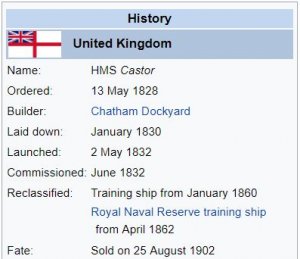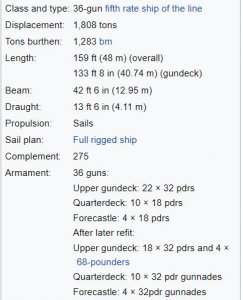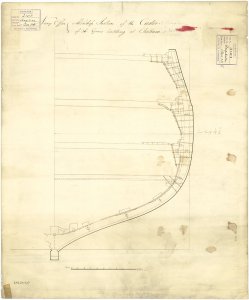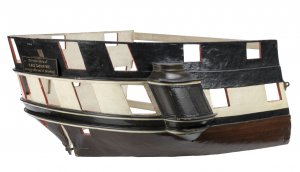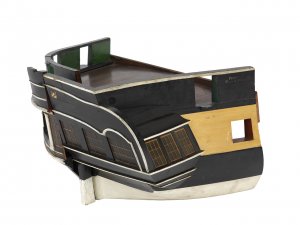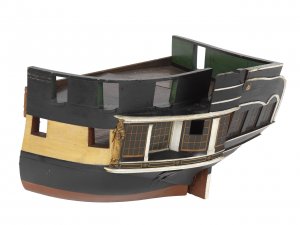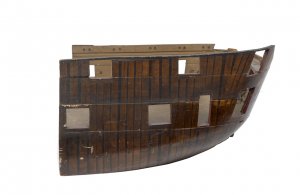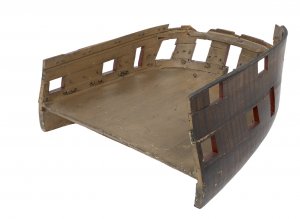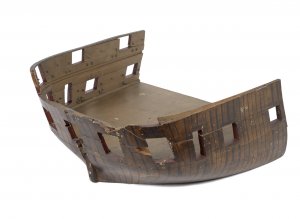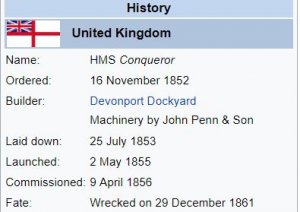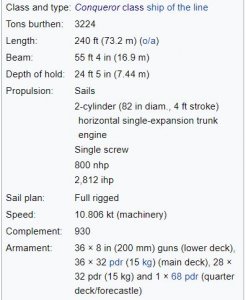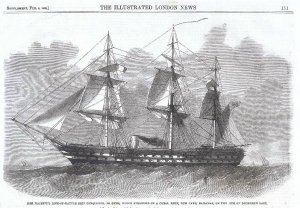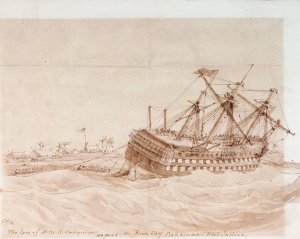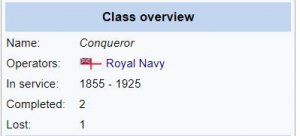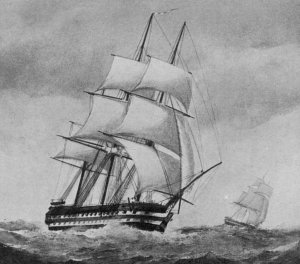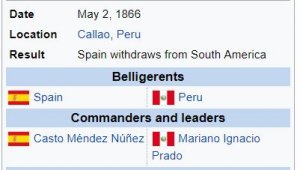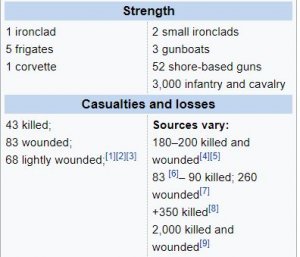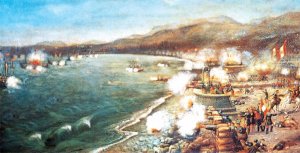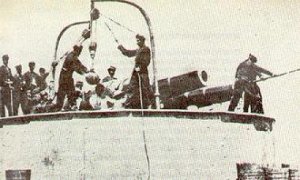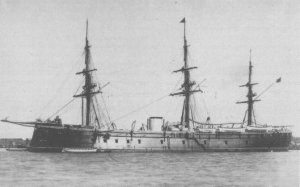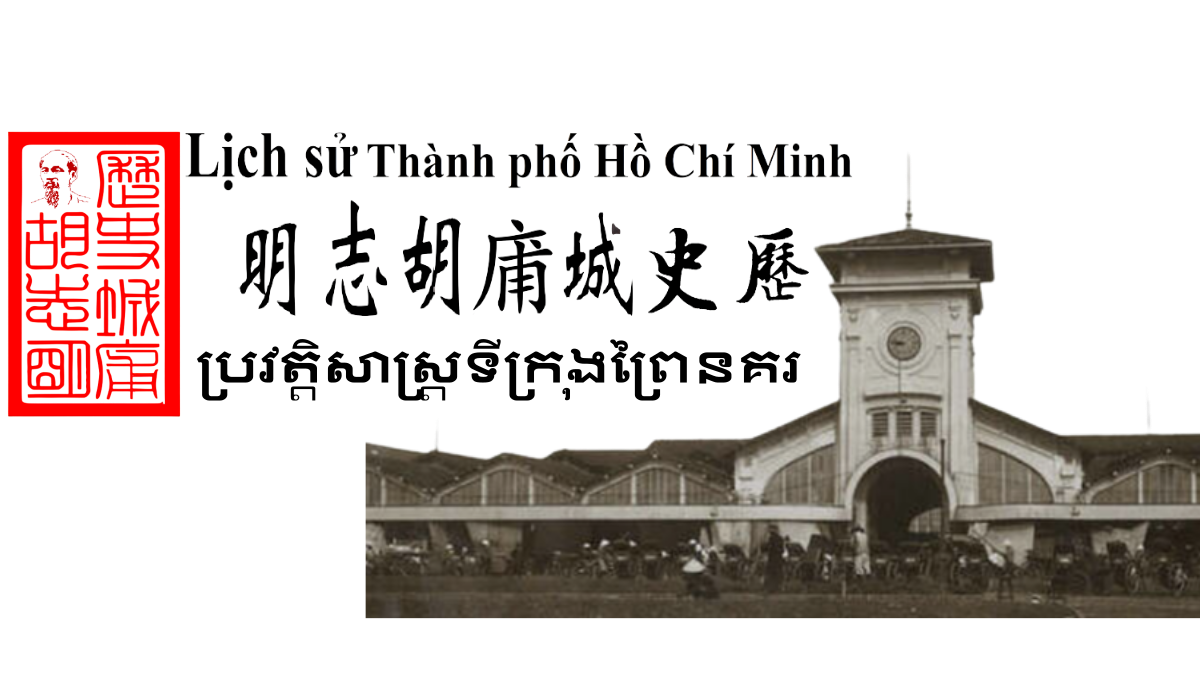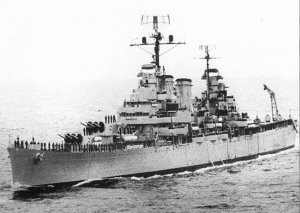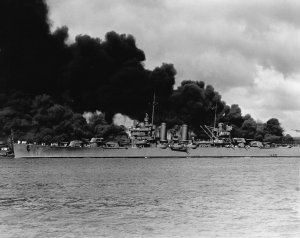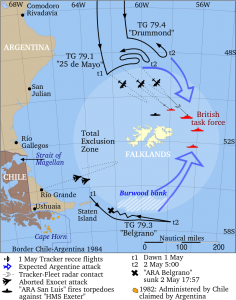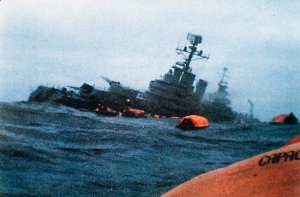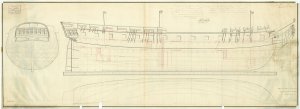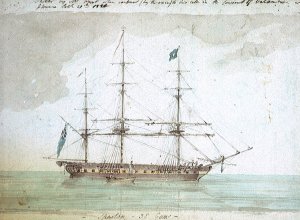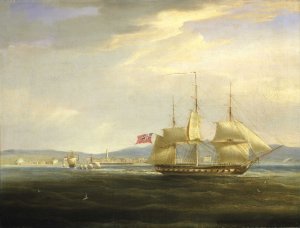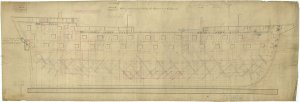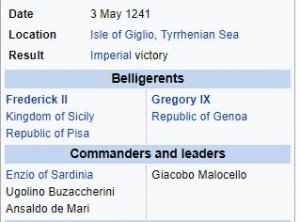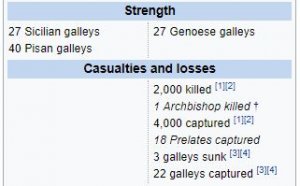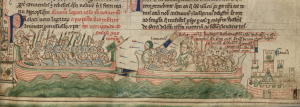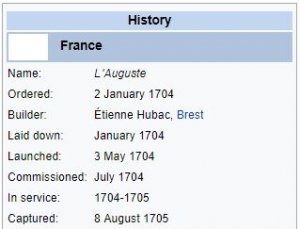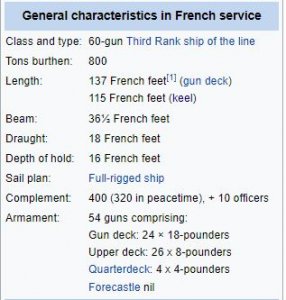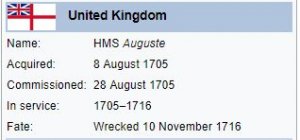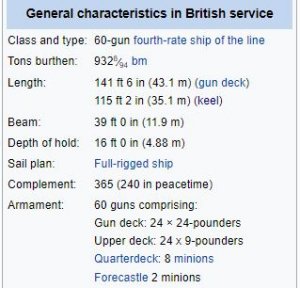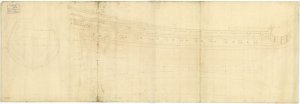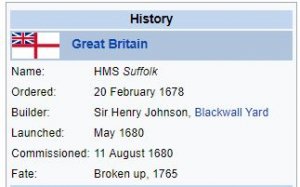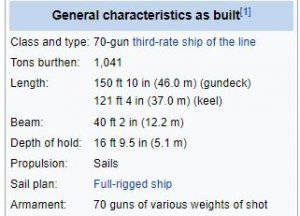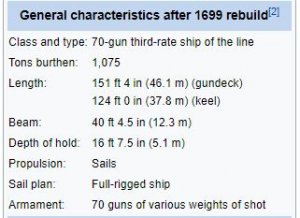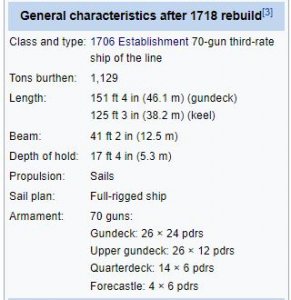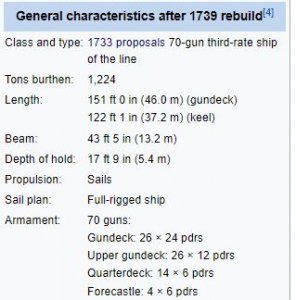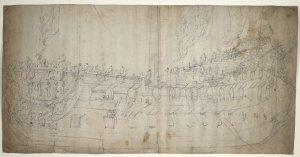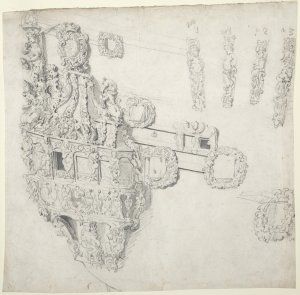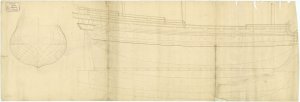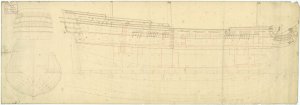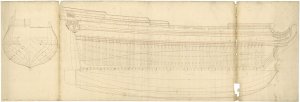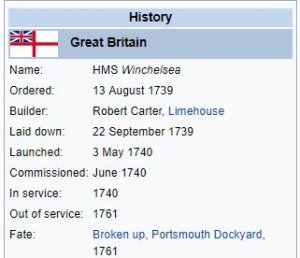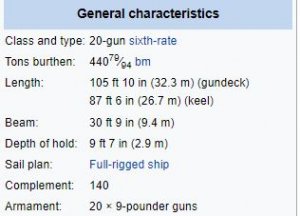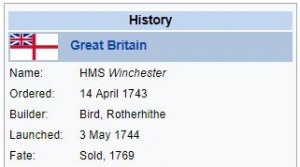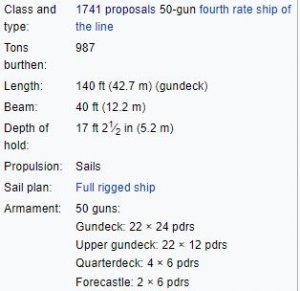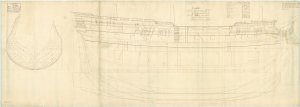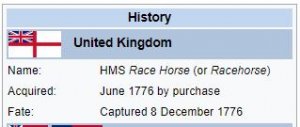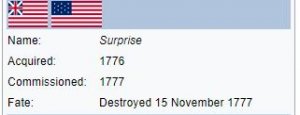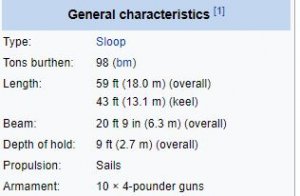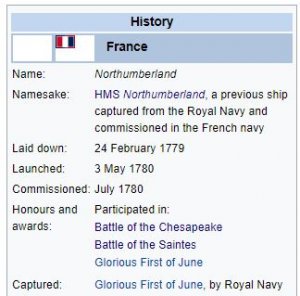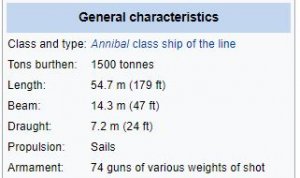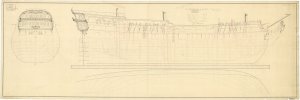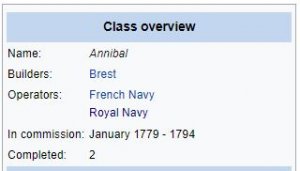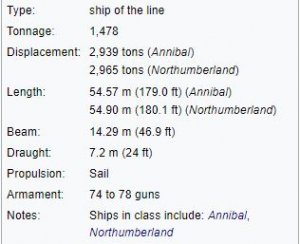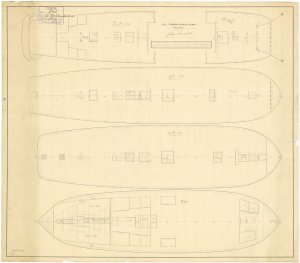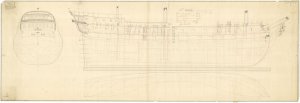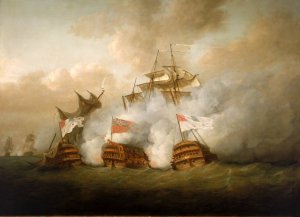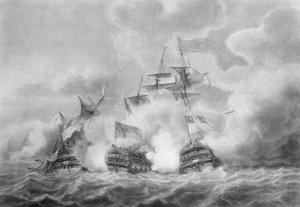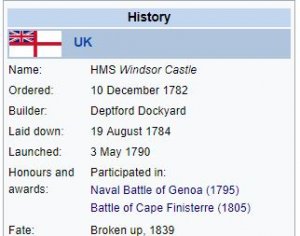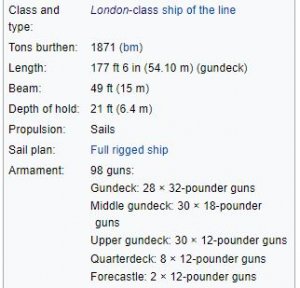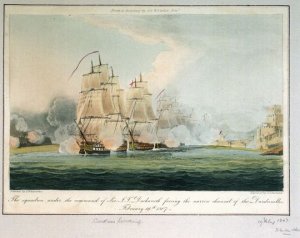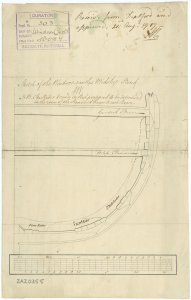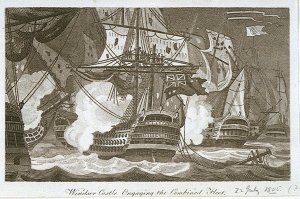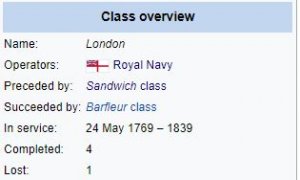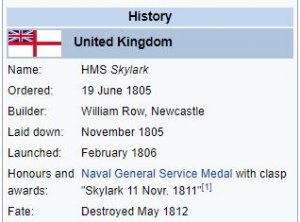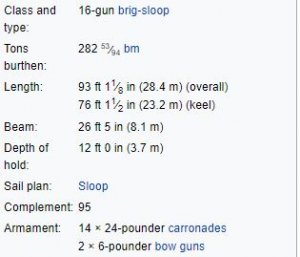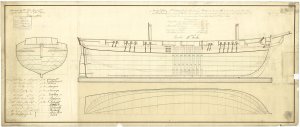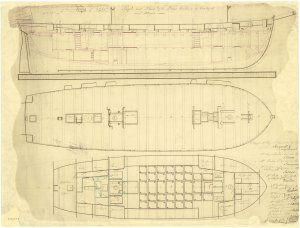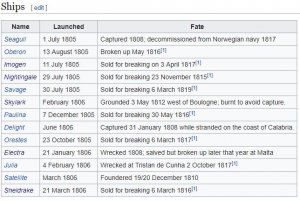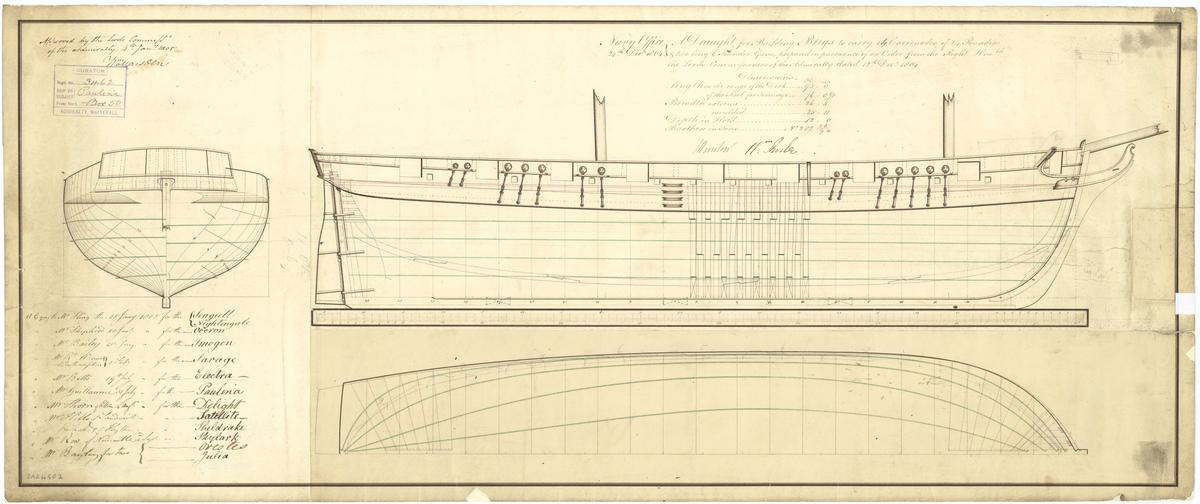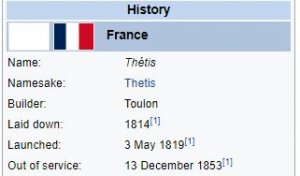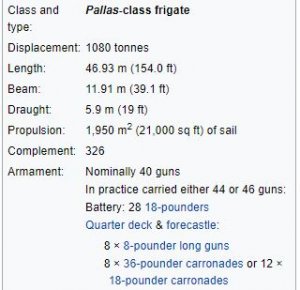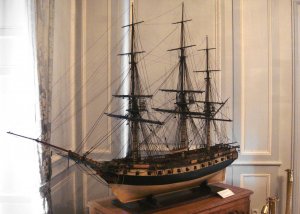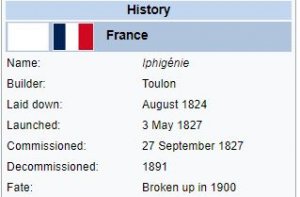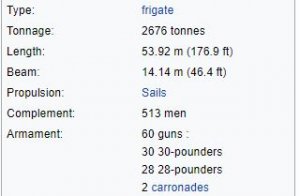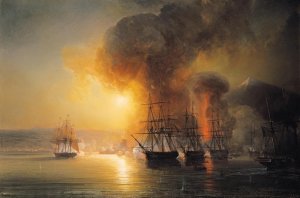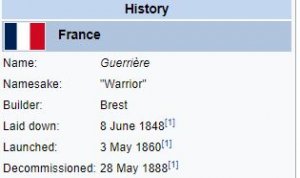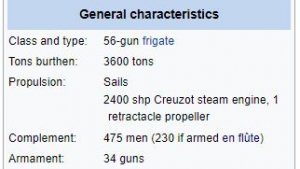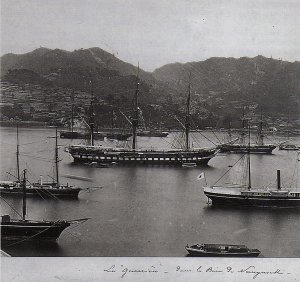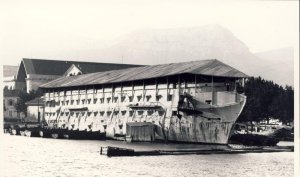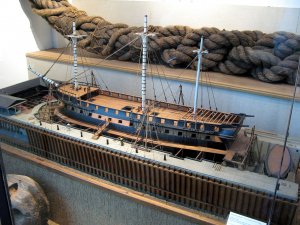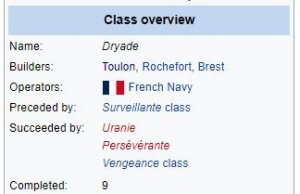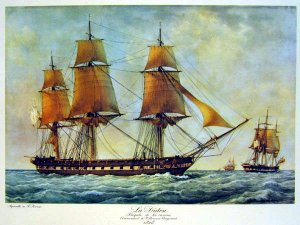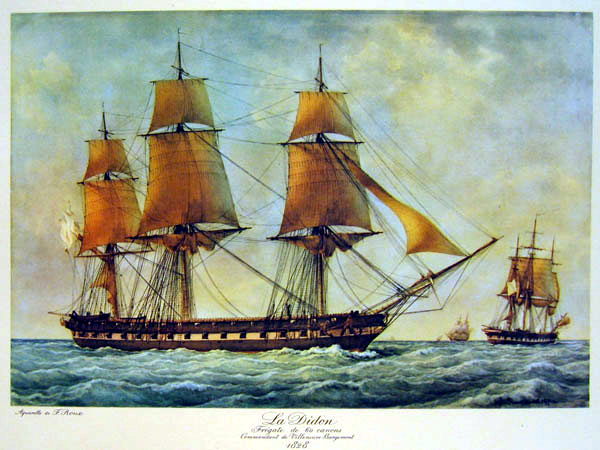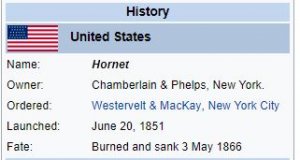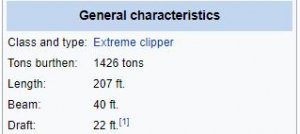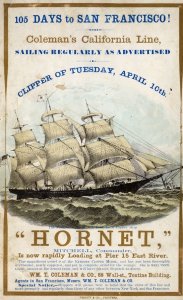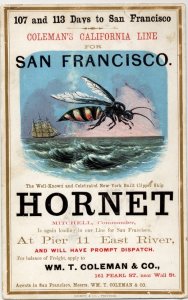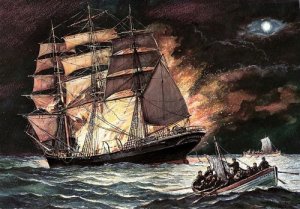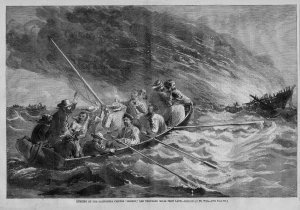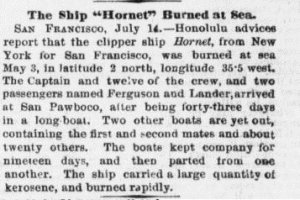Today in Naval History - Naval / Maritime Events in History
2 May 1964 – Vietnam War: An explosion sinks the American aircraft carrier USS Card while it is docked at Saigon.
Two Viet Cong combat swimmers had placed explosives on the ship's hull. She is raised and returned to service less than seven months later.
The
Attack on USNS Card was a
Viet Cong (VC) operation during the
Vietnam War. It took place in the port of
Saigon in the early hours of May 2, 1964, and mounted by commandos from the 65th Special Operations Group (
Đội Biệt động 65).
Card was first commissioned into the
United States Navy during
World War II. Decommissioned in 1946,
Card was reactivated in 1958 and entered service with the
Military Sea Transport Service, transporting military equipment to South Vietnam as part of the United States military commitment to that country.
As a regular visitor to the port,
Card became a target for local VC commando units. Shortly after midnight on May 2, 1964, two Viet Cong commandos climbed out of the sewer tunnel near the area where
Card was anchored, and they attached two loads of explosives to the ship's hull. The attack was a success and
Card sank 48 feet (15 m), and five civilian crew members were killed by the explosions. The ship was refloated 17 days later, and was towed to the Philippines for repairs.
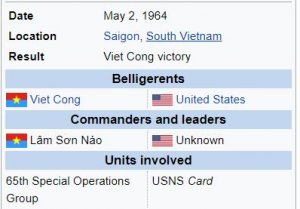
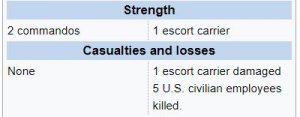 Background
USNS Card
Background
USNS Card was a
Bogue-class escort carrier that had served in the United States Navy. In 1946
Card was decommissioned and was transferred to the
Atlantic Reserve Fleet. On May 16, 1958,
Card re-entered service with the
Military Sea Transport Service, under the control of the United States Navy. The ship was manned by a civilian crew and was prefixed
"USNS" (United States Naval Ship) instead of
"USS" (United States Ship) as it was in service but not commissioned.
With the escalation of the Vietnam War, the United States government stepped up military support for
South Vietnam's fight against the Viet Cong. On December 15, 1961, USNS
Card left
Quonset Point, Rhode Island, with a cargo of
H-21 Shawnee helicopters and U.S. soldiers from
Fort Devens, Massachusetts, bound for Vietnam. At
Subic Bay in the Philippines, the cargo and troops were transferred to
USS Princeton, which arrived and unloaded off the coast of
Da Nang the following month.
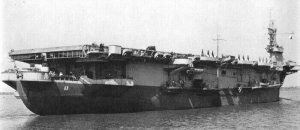 Card
Card while in service with the United States Navy
From 1961 onwards,
Card and
USNS Core regularly docked in Saigon to unload heavy artillery,
M113 armored personnel carriers, aircraft, helicopters and ammunition for the South Vietnamese government. The Port of Saigon was situated between the Te and Ben Nghe Canals, and was about 700 meters (2,300 ft) wide from one side to the other. To facilitate the arrival of
Card and other American ships which pulled into Saigon, the South Vietnamese military often deployed navy vessels to conduct patrols around the port, while the surrounding shores were protected by an elite
Army of the Republic of Vietnam (ARVN)
Airborne battalion. The port itself was guarded round the clock by
Republic of Vietnam National Police, as undercover South Vietnamese agents operated across the river in the
Thu Thiem area to disrupt VC activities there. Undeterred by the level of protection which the South Vietnamese government normally afforded to American ships, Tran Hai Phung—commander of the Viet Cong's Saigon-Gia Dinh Military District—ordered the 65th Special Operations Group to attack USNS
Card.
Sinking of USNS Card
Failed attempt on USNS Core
Despite their best efforts to control VC activities across the river in the Thu Thiem area, the South Vietnamese military and police could not stop VC agents from operating there. So VC members of the 65th Special Operations Group were able to watch US and South Vietnamese military activities at the port, while they were preparing to attack American targets. Lam Son Nao, a commando of the 65th Special Operations Group, was also an employee at the port facility. As his unit was assigned with the mission to attack the carrier, Nao took advantage of his position as an employee at the port facility, to reconnoitre
Card to design the best strategy to sabotage the ship and all the military hardware on board. Nao's father had previously worked at the port facility as a tradesman, so he memorised all the underground tunnels and sewage systems at the facility. He advised Nao that the best way to enter the area where American ships normally anchored was through the sewer tunnel opposite Thu Thiem.
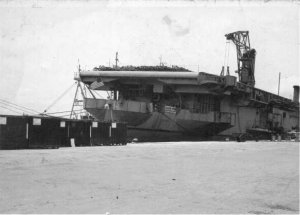
The cargo ship and aircraft ferry USNS
Card (T-AKV 40) in Saigon on 2 May 1964, after she was attacked by Viet Cong commandos of the 65th Special Operations Group. Photo taken by Charles J. Skiff, USN.
While bathing in the Saigon River, Nao inspected the sewer tunnel, which his father had advised him to use. Nao concluded that the tunnel would provide the best access to the American area, but it also presented challenges. The sewage tunnel contained waste and toxic oils which could cause blindness, so Nao and his men would have to close their eyes as they moved through it to avoid blindness. Nao and his men must bathe to purge deadly odours to avoid detection, and probably arrest, by South Vietnamese authorities. After Nao had surveyed the tunnels leading to the port, he presented his plan to the Saigon-Gia Dinh Military District Headquarters. Nao decided to utilise high explosives, enough to sink a ship, and to detonate them using a timer so that his men could get away safely. Nao's superiors approved the plan and they ordered him to launch the attack before sunrise to avoid killing local Vietnamese civilians.
Nao returned to Saigon and began assembling the equipment required for the attack, which included
C4 plastic explosives,
TNT, wire, mine detonators and batteries. Nao trained new commandos, namely Nguyen Phu Hung and Nguyen Van Cay, to support his operation. To ensure success, Nao measured the height, length and width of the sewer tunnel to assemble the bomb devices to the right size, to be carried through the tunnel unhindered. Towards the end of 1963, Nao received news that
Card had arrived in Saigon with another load of armored personnel carriers, artillery and aircraft. But the carrier turned out to be her
sister ship, USNS
Core. On the evening of December 29, 1963, Nao and Cay carried their bomb devices, which had about 80 kilograms (180 lb) of explosives, through the sewer tunnel. They attached the explosives to
Core's hull, set the timer and retreated into the sewer to await the outcome.
The bombs failed to explode because the battery had expired due to protracted storage. Determined the operation would remain a secret, the commandos snuck back to
Core and retrieved the explosive devices. Soon,
Core and its crew sailed from Saigon without any damage. Nao reported the mission failure to the Saigon-Gia Dinh Military District Headquarters. His superiors did not express disappointment in the failure, but they encouraged Nao and his men to destroy
Card at all costs. On May 1, 1964, Viet Cong reconnaissance teams spotted USNS
Card as she sailed through Ganh Rai Bay and entered Long Tau River. They reported this information to the 65th Special Operations Group in Saigon. As usual,
Card docked at the commercial port to unload a shipment of cargo and military helicopters, and pick up helicopters to be returned to the US.
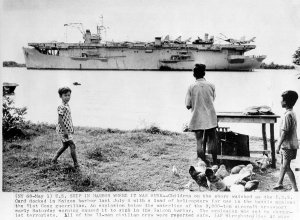 Successful attack
Successful attack
When Nao received news
Card had arrived in Saigon, he inspected the equipment which included a new battery and a redesigned bomb. Nao decided to set off the bombs during the early hours of May 2, so that he and his fellow operative could escape safely and avoid inflicting casualties on the local population. Due to illness, Cay declined to take part in the operation, so Hung had to replace him. At around 9am on May 1, Nao rushed to Hung's home, where the latter was given a hand grenade and was notified of an upcoming operation without much detail. At 6pm, after Nao had finished loading the bombs onto one canoe, he and Hung traveled down the
Saigon River in two separate canoes, toward the commercial port district. They pulled over in the Thu Thiem area. To avoid detection by South Vietnamese authorities they mingled with the local workers. While awaiting the right time, Nao briefed Hung on the objectives of the operation, which was to sink the largest American ship at the Saigon Port, and report the results to headquarters.
Shortly after 6:30pm as both men headed toward Warehouse Number 0 at the commercial port, a police patrol boat spotted them and gave chase. Nao ordered Hung to throw the hand grenade and both men would retreat toward the local village if their bombs were discovered by police. The police patrol stopped about 20 meters (66 ft) away from Nao's canoe, and the patrol boat commander questioned both men about their activities during that evening. Nao claimed that he and Hung intended to go to the other side of the river to buy new clothes at the market. To avoid delaying the operation, Nao bribed the patrol boat commander 1000 Vietnamese dong, as the South Vietnamese police were widely known for their corruption. When the patrol boat commander received the bribe, he gave both Nao and Hung permission to move on but demanded another bribe when they return. When the commandos arrived at the sewer tunnel, they assembled the bomb device with each man carrying 40 kilograms (88 lb) of explosives through the tunnel.
When the commandos emerged from the tunnel, they swam toward the broadside of
Card which anchored near the sewer opening. Nao and Hung attached two bombs to the ship, with one near the
bilge and one at the engine compartment, just above the waterline. Nao then inspected both bombs to ensure proper assembly. Nao then stuck the battery onto a pole and connected it to the bombs with wires, then set the timer. At 1.10am, the bombs were completed and both commandos retreated to the sewer tunnel, boarded their canoes on the other side and rowed back to Thu Thiem. Again, the police patrol boat was waiting for Nao and Hung to arrive, because the commander wanted another bribe. As Nao and Hung approached the patrol boat, an explosion was heard and a bright light could be seen in the commercial port area. The South Vietnamese police patrol boat then started its engine and raced towards
Card, instead of extracting another bribe.
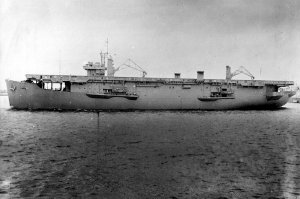 Aftermath
Aftermath
For the VC commandos of the 65th Special Operations Group, the explosion on
Card signalled a successful mission. By sunrise,
Card had settled 48 feet (15 m) into the river with its engine compartment completely flooded. Five American civilians who worked on the ship died as a result of the attack. Due to rapid response from the ship's crew and local authorities, flooding inside the ship was quickly stopped and it was stabilized. An inspection revealed that the explosion had torn a hole 12 feet (3.7 m) long and 3 feet (0.91 m) high, on the starboard side of the ship. In the days that followed, five US Navy divers were deployed to Saigon from the Philippines, in addition to several salvage teams from US bases in Japan and the Military Sea Transport Service Command. Amongst the divers was founding
US Navy Seals member
Roy Boehm, who claimed to have recovered the remains of a Hagerson Demolition Pack, a specialised explosive charge used by US navy frogmen. Bohem speculated that the explosives used in the attack had been stolen from his own South Vietnamese Navy unit by a group of deserters who had been mistreated by a South Vietnamese officer.
USS Reclaimer, a
rescue and salvage ship, bound for the Philippines, was ordered to change course and sail for Saigon. The
tugboat USS Tawakoni based at
Subic Bay in the Philippines was placed on standby, and later received orders to sail to South Vietnam. Upon arrival in Saigon, US Navy divers and salvage teams tried to pump water from
Card's flooded compartments. Their initial attempts were hindered by malfunctions in the pumping equipment, and poor diving conditions in the river. It took salvors 17 days to refloat
Card. They then began the process of moving the ship by installing a 6-inch pump and generators in
Card to pump bilge water.
Reclaimer and
Tawakoni then towed
Card to Subic Bay where it underwent further repairs.
After
Card was sunk, North Vietnam made use of the incident for propaganda purposes. On October 20, 1964, the North Vietnamese government issued a
postage stamp which proclaimed an "Aircraft Carrier of America sunk in the Harbor of Saigon", to praise the Viet Cong commandos who carried out the attack. The US Navy refused to admit
Card had been sunk even for a brief period of time, instead stating
Card was damaged and quickly repaired. For the remainder of 1964, the VC launched further attacks on US targets such as the
Brinks Hotel and
Bien Hoa Air Base, but there were no significant responses from the US military.
Card returned to service December 11, 1964 and remained in service until 1970, when she was placed in the Reserve Fleet.
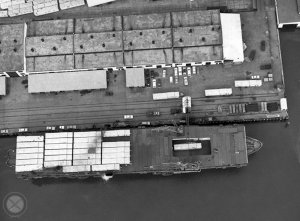
The refit USNS
Card in February 1965. She is seen loading cargo into her enlarged cargo elevator.

en.wikipedia.org
https://en.wikipedia.org/wiki/USS_Card
http://www.navsource.org/archives/03/011.htm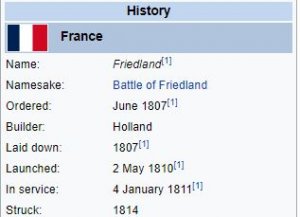
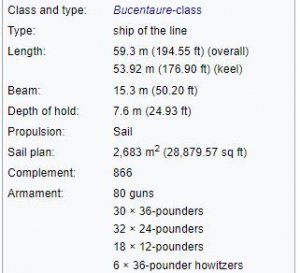
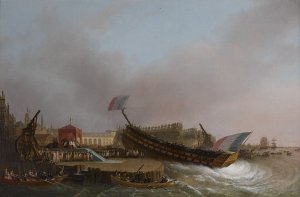

 en.wikipedia.org
en.wikipedia.org








